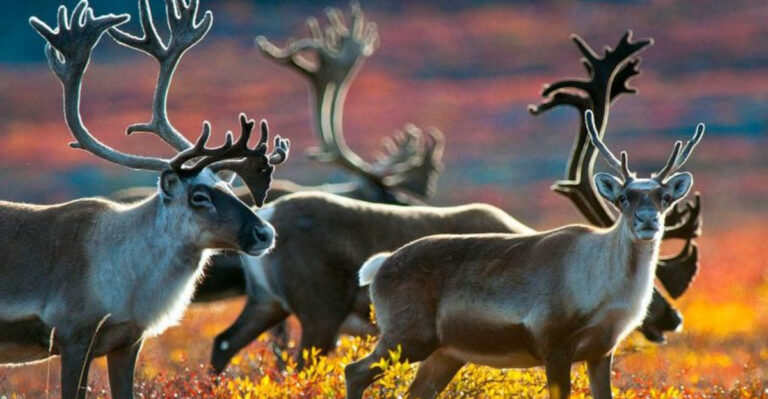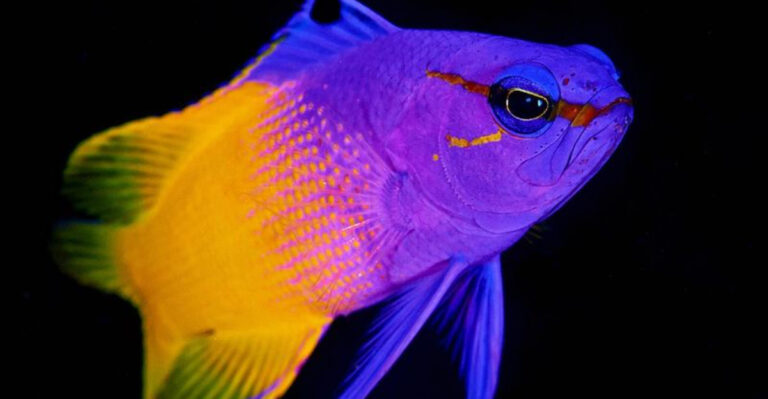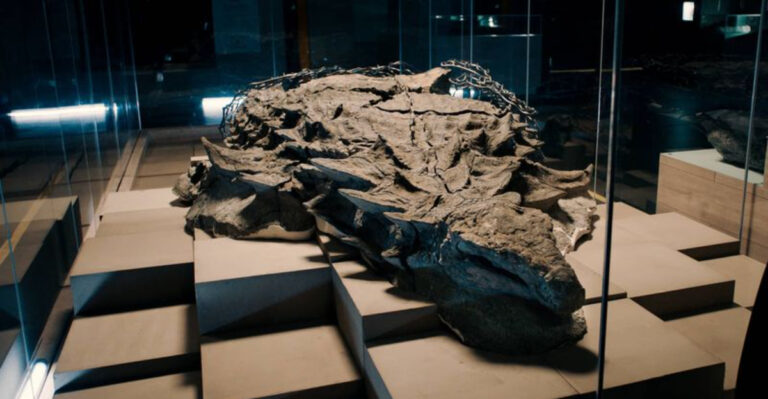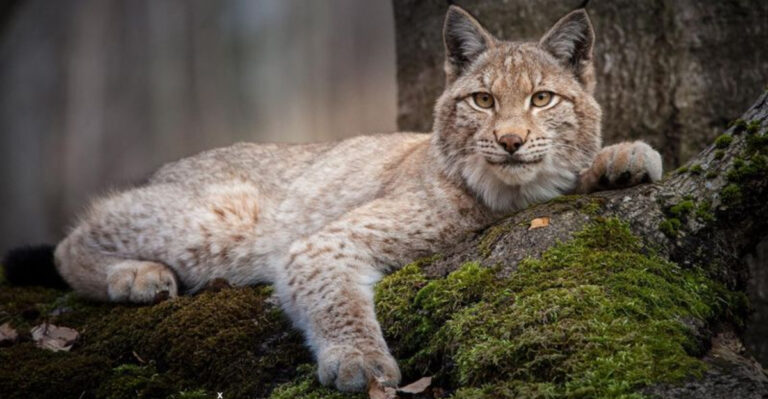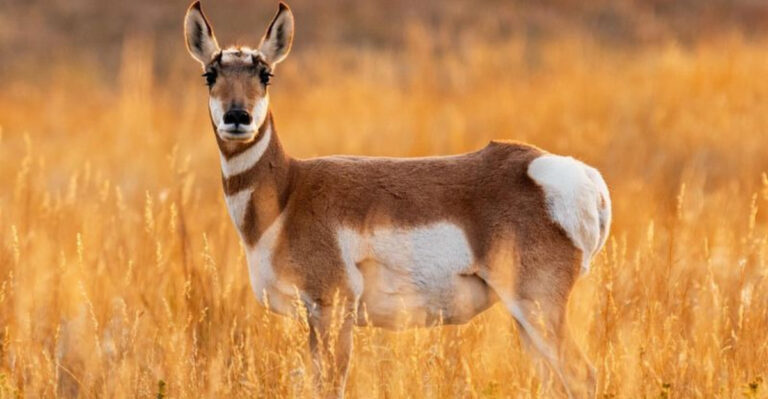New Methane-Eating Sea Spider Species Discovered Off The Coast Of California
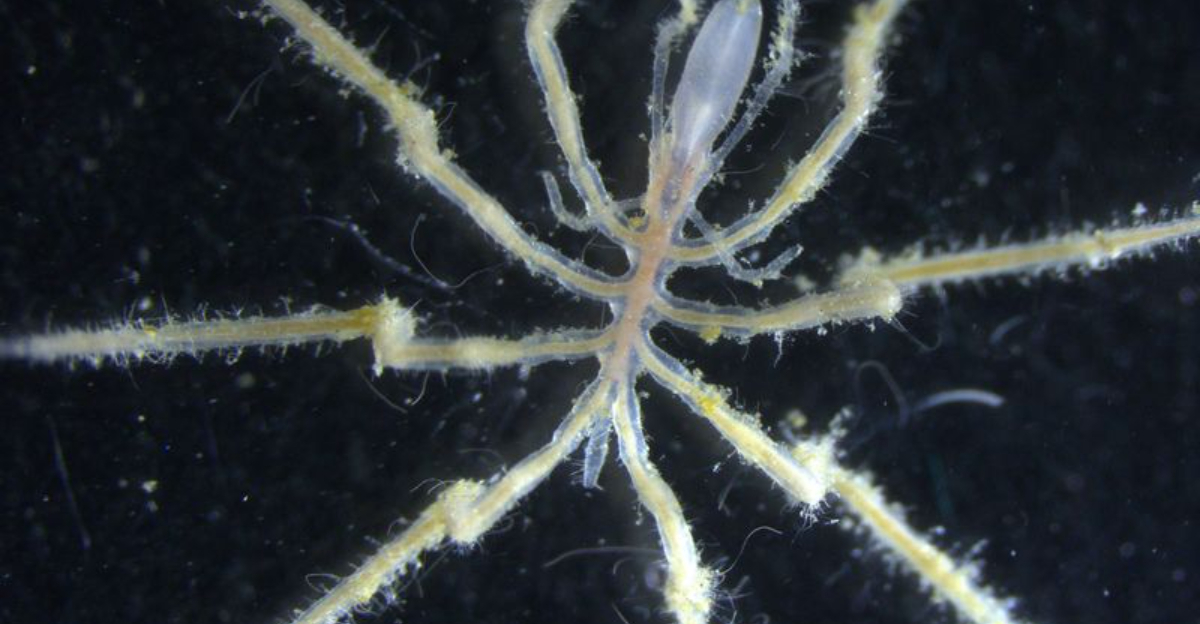
Scientists have made an extraordinary discovery in the deep waters off California’s coast. Three new species of sea spiders with a remarkable ability to consume methane have been found thriving in cold, dark ocean depths.
These unusual creatures represent a fascinating adaptation to extreme environments and might even play a role in fighting climate change.
Discovery Of Three New Species

Marine biologists recently identified three previously unknown sea spider species belonging to the genus Sericosura. The eight-legged creatures were collected from methane-rich areas off California and Alaska.
Using the submersible vehicle Alvin, researchers gathered specimens from astonishing depths between 397 and 2,020 meters. The finding significantly expands our knowledge of the 1,300+ sea spider species worldwide.
Unique Feeding Strategy
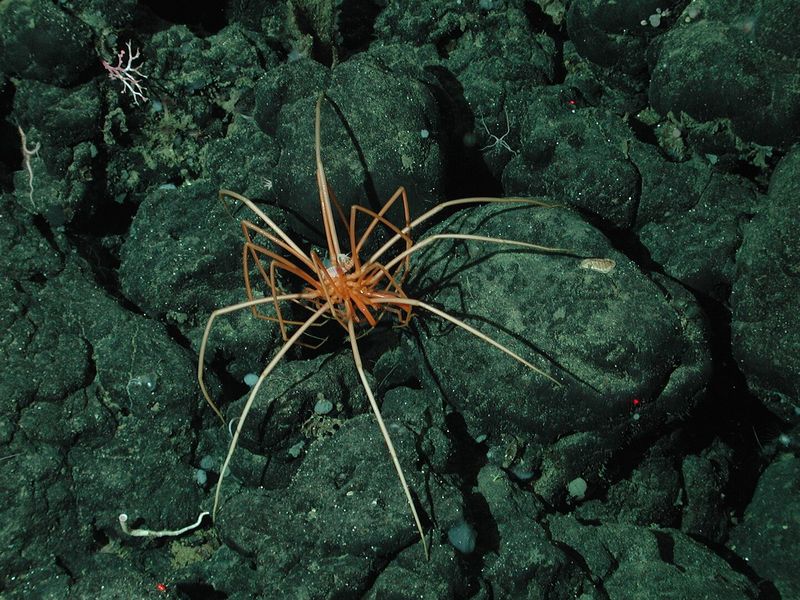
Unlike typical sea spiders, these new species host colonies of methane-consuming bacteria on their exoskeletons. The microbes transform methane gas into energy-rich compounds that nourish the spiders.
Scientists observed the spiders carefully grazing on these bacteria like tiny farmers tending their crops. This remarkable adaptation marks the first documented case of sea spiders using methane-oxidizing bacteria as their primary food source.
Methane-Eating Bacteria Involved
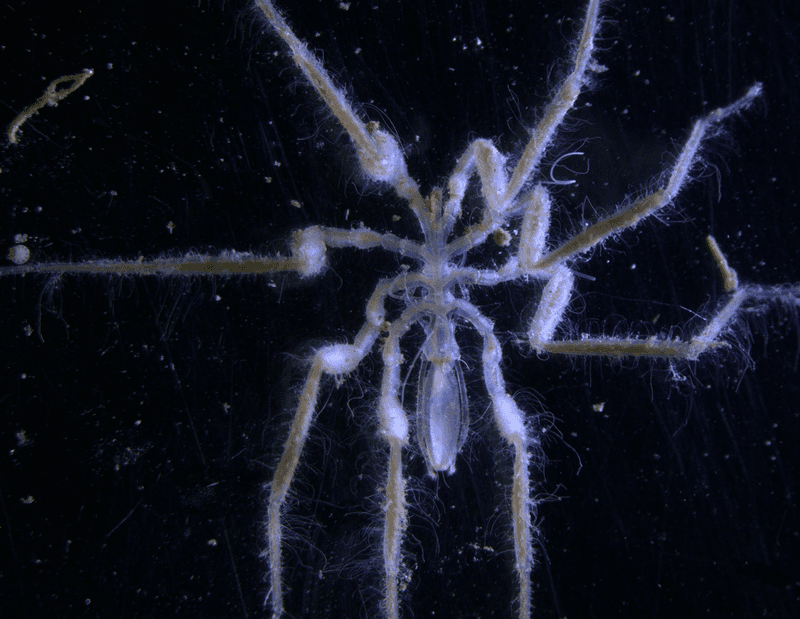
The bacterial hitchhikers belong to three specialized families: Methylomonadaceae, Methylophagaceae, and Methylophilaceae. These microscopic powerhouses convert harmful methane into usable carbon compounds.
Forming intricate colonies across the spiders’ bodies, the bacteria create a living carpet that serves as both habitat and food source. Their methane-processing abilities make them particularly valuable for studying carbon cycling in extreme environments.
Grazing Behavior Observed
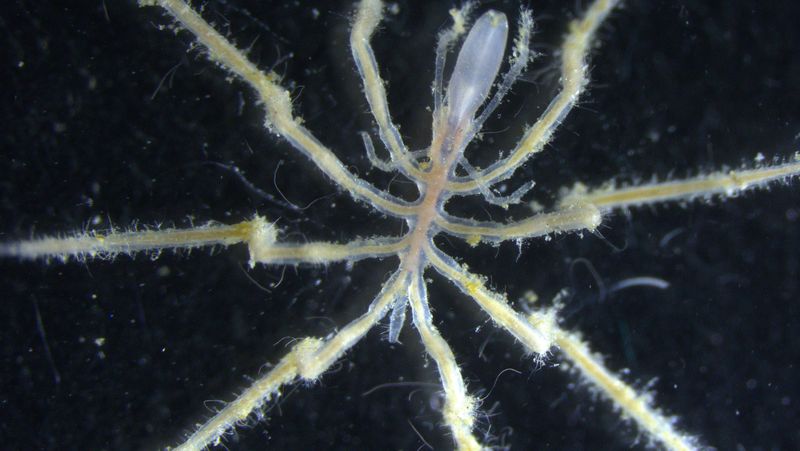
Researchers conducted clever experiments using isotopically labeled methane in seawater tanks. The results confirmed that spiders were indeed consuming and metabolizing the methane-derived carbon from bacteria.
Special mouthparts allow the spiders to delicately scrape bacteria from their own bodies without causing self-harm. This sophisticated feeding technique resembles sustainable harvesting, ensuring the bacterial colonies continue to thrive while providing nourishment.
Adaptation To Extreme Environments
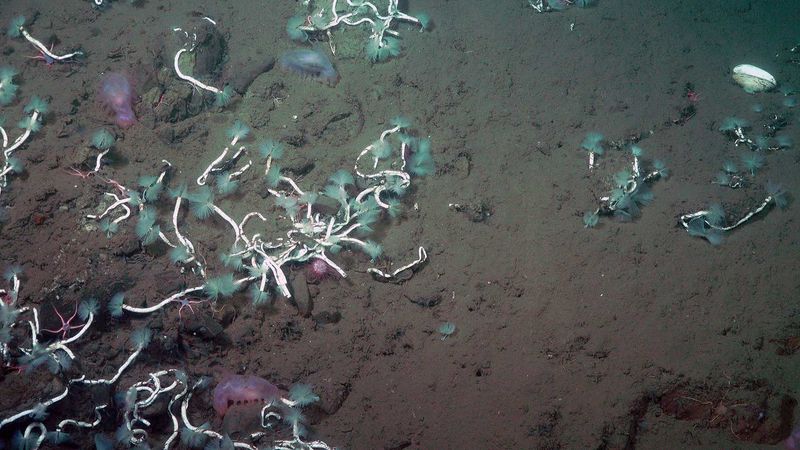
Home sweet home for these spiders is the ocean’s methane seeps – frigid, pitch-black zones where pressures would crush a submarine. By partnering with chemosynthetic bacteria, they’ve transformed a deadly gas into life-sustaining nourishment.
This remarkable adaptation showcases nature’s ingenuity in colonizing Earth’s most challenging habitats. The spiders effectively turn a potent greenhouse gas into a vital energy resource, demonstrating evolutionary problem-solving at its finest.
Implications For Climate Science
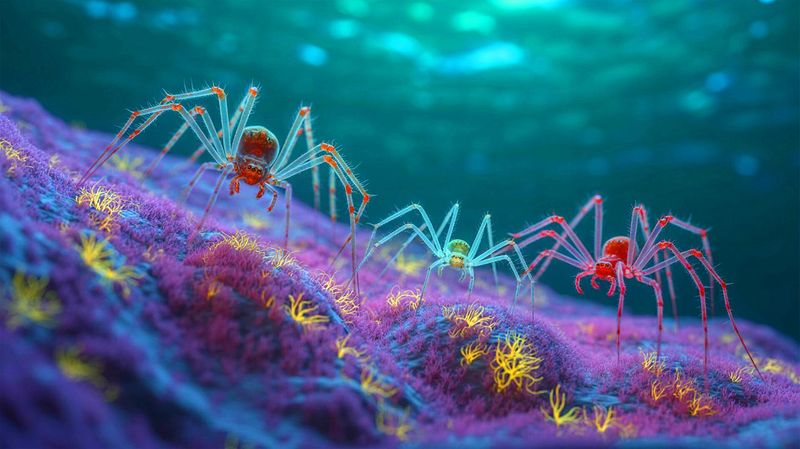
Every methane molecule consumed by these spider-bacteria partnerships is one less contributing to global warming. While small individually, these creatures collectively help trap a greenhouse gas 25 times more potent than carbon dioxide.
Marine biologists are exploring whether similar symbiotic relationships exist elsewhere in the oceans. Understanding these natural methane processors could inspire new bioremediation technologies to address climate challenges on a larger scale.
Role In Deep-Sea Ecosystems
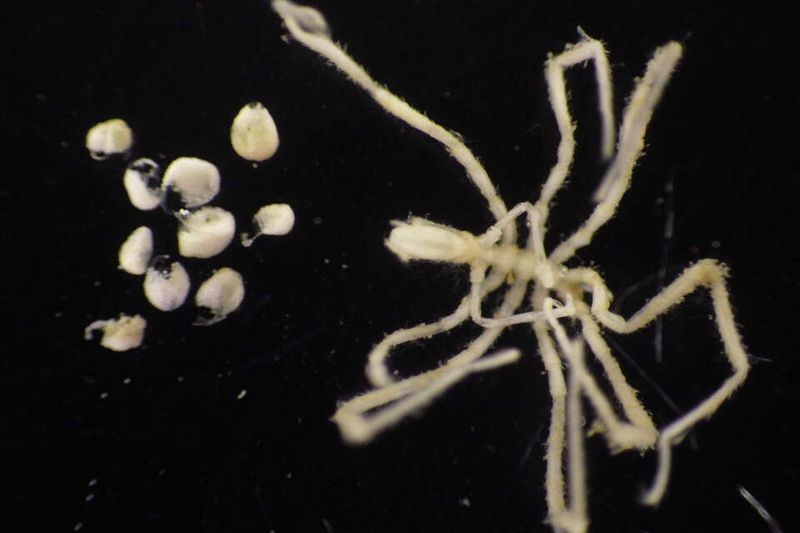
Sea spiders serve as living habitats within habitats, supporting diverse bacterial communities that other creatures can’t sustain. Their presence indicates a healthy, functioning methane seep ecosystem.
As mobile methane processors, they create biological connections between different deep-sea zones. The complex relationships between spiders, bacteria, and surrounding organisms highlight the intricate ecological webs that exist even in Earth’s most remote environments.
Ongoing Research And Future Directions
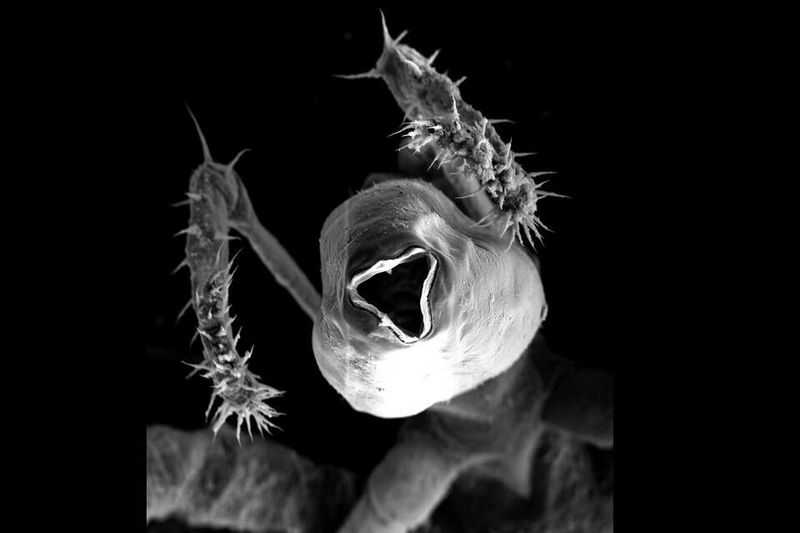
A graduate student at Scripps Institute of Oceanography has been tasked with formally naming these remarkable new species. Meanwhile, genetic sequencing efforts are underway to understand both the spiders and their bacterial partners on a molecular level.
Conservation biologists emphasize protecting these unique deep-sea habitats from potential disruption. The spiders’ story has captured public imagination, highlighting how extraordinary discoveries continue to emerge from Earth’s least explored frontier – the deep ocean.

